Papers

Emergence and collapse of reciprocity in semiautomatic driving coordination experiments with humans, by Hirokazu Shirado, Shunichi Kasahara, and Nicholas A. Christakis. PNAS: Proceedings of the National Academy of Sciences of the United States of America, Vol. 120, No. 51, e2307804120, 2023.
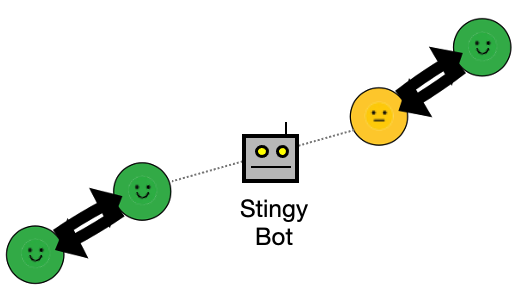
Stingy bots can improve human welfare in experimental sharing networks, by Hirokazu Shirado, Yoyo Tsung-Yu Hou, and Malte F. Jung. Scientific Reports, Vol. 13, No. 17957, doi:10.1038/s41598-023-44883-0, 2023.

Individual and collective learning in groups facing danger by Hirokazu Shirado. Scientific Reports, Vol. 12, No. 6210, doi:10.1038/s41598-022-10255-3, 2022.

Networks, property, and the division of labor by Emily Erikson and Hirokazu Shirado. American Sociological Review, Vol. 86, Issue 4, pp. 759-786, 2021.

Network engineering using autonomous agents increases cooperation in human groups by Hirokazu Shirado and Nicholas A. Christakis. iScience, Vol. 23, No. 9, doi:10.1016/j/isci.2020.101438, 2020.
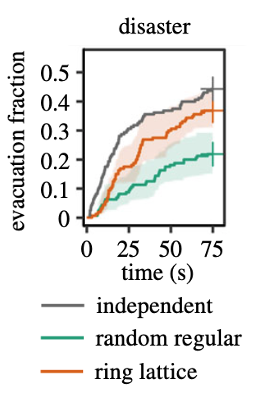
Collective communication and behaviour in response to uncertain ‘Danger’ in network experiments by Hirokazu Shirado, Forrest W. Crawford, and Nicholas A. Christakis. Proceedings of the Royal Society A, Vol. 476: 20190685. doi:10.1098/rspa.2019.0685, 2020.

Assortative mixing and resource inequality enhance collective welfare in sharing networks by Hirokazu Shirado, George Iosifidis, and Nicholas A. Christakis. PNAS: Proceedings of the National Academy of Sciences of the United States of America, Vol. 116, pp. 22442-22444, 2019.

Resource sharing in technologically defined social networks by Hirokazu Shirado, George Iosifidis, Leandros Tassiulas, and Nicholas A. Christakis. Nature Communications, doi:10.1038/s41467-019-08935-2, 2019.

Locally noisy autonomous agents improve global human coordination in network experiments by Hirokazu Shirado and Nicholas A. Christakis. Nature, Vol. 545, pp. 370-374, 2017.
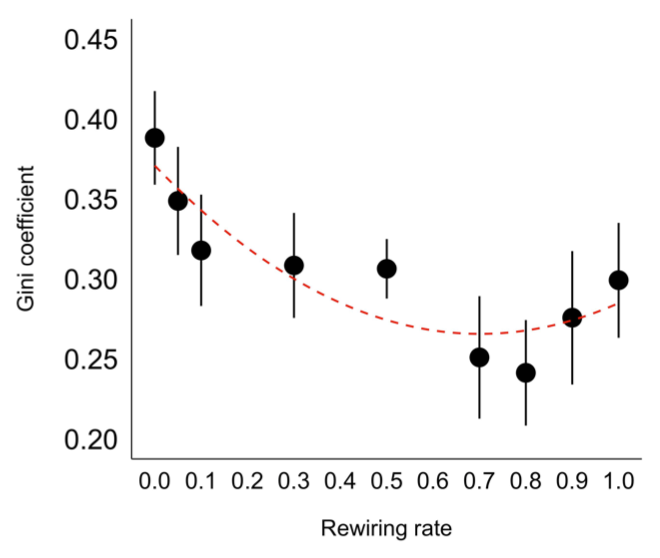
Intermidiate levels of network fluidity amplify economic growth and mitigate economic inequality in experimental social networks by Akihiro Nishi, Hirokazu Shirado and Nicholas A. Christakis. Sociological Science, Vol. 2, pp. 544-557, 2015.
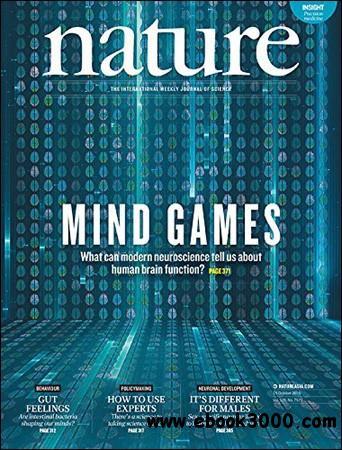
Inequality and visibility of wealth in experimental social networks by Akihiro Nishi, Hirokazu Shirado, David Rand, Nicholas Christakis. Nature, Vol. 526, pp. 426-429, 2015.

Quality versus quantity of social ties in experimental cooperative networks by Hirokazu Shirado, Feng Fu, James Fowler, and Nicholas Christakis. Nature Communications, Vol. 4, No. 2814, doi:10.1038/ncomms3814, 2013.
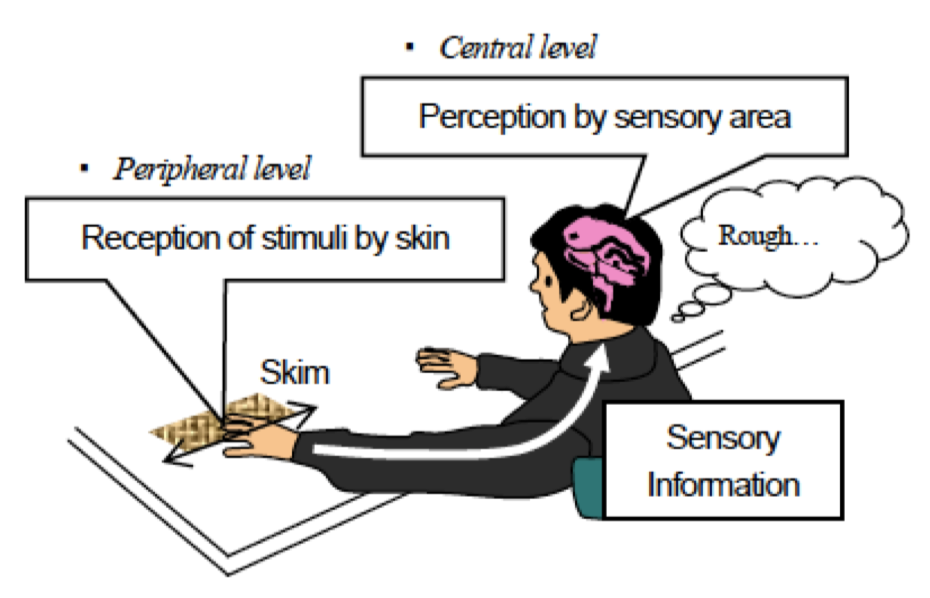
Modeling of tactile texture recognition mechanism (in Japanese) by Hirokazu Shirado, Masashi Konyo, and Takashi Maeno. Japan Society of Mechanical Engineers, chapter C, Vol. 73, No. 733, pp. 2514-2522, 2007.

Development of artificial skin having human skin-like texture -realization and evaluation of human skin-like texture by emulating surface pattern and elastic structure- (in Japanese) by Hirokazu Shirado, Yoshimune Nonomura, and Takashi Maeno. Japan Society of Mechanical Engineers, chapter C, Vol. 73, No. 726, pp. 541-546, 2007.

Modeling of texture perception mechanism for tactile display and sensor (in Japanese) by Hirokazu Shirado and Takashi Maeno. Virtual Reality Society of Japan, Vol. 9, No. 3, pp. 235-240, 2004.
Books

Creation of tactile feeling (in Japanese) by Masashi Nakatani, Yasuaki Kakehi, and Hirokazu Shirado. Iwanami, 2011.
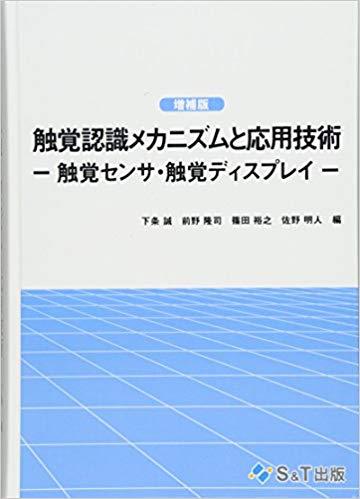
Tactile recognition mechanism and technology of tactile sensor and display (in Japanese) by Hirokazu Shirado. Science & Technology, chapter 1, Vol. 3 and 4, 2010.
Conference papers
Motion control of a virtual humanoid that can perform real physical Interactions with a human by Ken’ichiro Nagasaka, Atsushi Miyamoto, Masakuni Nagano, Hirokazu Shirado, et. al. IEEE/RSJ International Conference on Intelligent Robots and Systems, pp. 2303-2310, 2008.
Realization of human skin-like texture by emulating surface shape pattern and elastic structure by Hirokazu Shirado, Yoshimune Nonomura, and Takashi Maeno. Symposium on Haptic Interface for Virtual Environnent and Teleoperator Systems, pp. 295-296, 2006.
Development of texture sensor emulating the tissue structure and perceptual mechanism of human fingers by Yuka Mukaibo, Hirokazu Shirado, Masashi Konyo and Takashi Maeno. IEEE ICRA, pp. 2576-2581 , 2005.
Modeling of human texture perception for tactile displays and sensors by Hirokazu Shirado and Takashi Maeno. World Haptics Conference, pp. 57-58, 2005. Best Poster Awards
Tutorial papers
Digital human technology -consider human as system- human finger structure and modeling of tactile recognition mechanism (in Japanese) by Hirokazu Shirado and Takashi Maeno. Journal of the Society of Instrument and Control Engineers, Vol. 45, No. 12, pp. 1005-1009, 2006.
Tangible -mechanism and application of tactile sensation- (in Japanese) by Hirokazu Shirado, Takashi Maeno, and Konyo Masashi. Optical Alliance, Vol. 16, No. 7, pp. 27-31, 2005.
Touch -tactile sensation of human and robot- (in Japanese) by Hirokazu Shirado and Takashi Maeno. Surface, Vol. 41, No. 5, pp. 145-152, 2003.